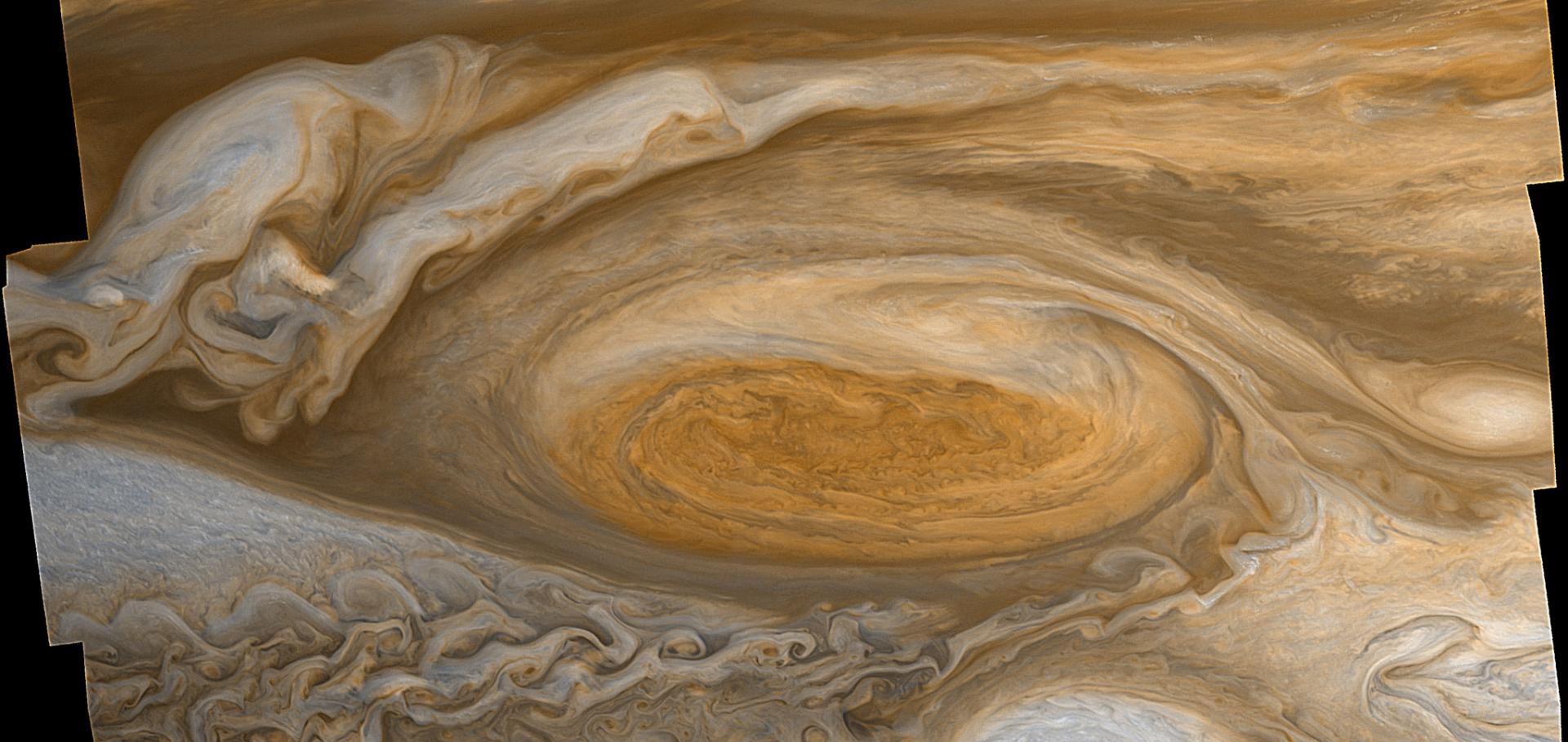An experimental study of multiple zonal jet formation in rotating, thermally driven convective flows on a topographic beta-plane
Physics of Fluids American Institute of Physics 27:8 (2015) 085111
Abstract:
A series of rotating, thermal convection experiments were carried out on the Coriolis platform in Grenoble, France, to investigate the formation and energetics of systems of zonal jets through nonlinear eddy/wave-zonal flow interactions on a topographic ß-plane. The latterwas produced by a combination of a rigid, conically sloping bottom and the rotational deformation of the free upper surface. Convection was driven by a system of electrical heaters laid under the (thermally conducting) sloping bottom and led to the production of intense, convective vortices. These were observed to grow in size as each experiment proceeded and led to the development of weak but clear azimuthal jet-like flows, with a radial scale that varied according to the rotation speed of the platform. Detailed analyses reveal that the kinetic energy-weighted radial wavenumber of the zonal jets, kA laboratory study of global-scale wave interactions in baroclinic flow with topography II: vacillations and low-frequency variability
Geophysical and Astrophysical Fluid Dynamics Taylor and Francis 109:4 (2015) 359-390
Abstract:
A laboratory investigation is presented with the aim of studying systematically the occurrence and characteristics of low-frequency variability of flows resulting from the interaction of a baroclinic flow with periodic bottom topography. Low-frequency variability within the baroclinic wave regime occurred in two distinct forms in separate regions of parameter space. One corresponded to the transition region between the baroclinic travelling and stationary wave regimes. It involved primarily an interaction between the drifting baroclinic waves and stationary components of the topographically forced wave. The resulting flow had characteristics similar to amplitude vacillation and had a time-scale of 30–60 annulus revolutions (days), which also corresponded to the wave drift period. A new regime of low-frequency amplitude vacillation was discovered in the transition region with the axisymmetric flow regime. As the complexity of the flow increased the period of the vacillation cycles grew to ∼100–180 “days”. This slower vacillation seemed to involve a cyclic enabling and disabling of nonlinear interactions between the forced stationary wave and the growing and azimuthally drifting wave, which in turn was linked to a decrease in mean flow shear. Subsequent chains of wave-wave interactions characterised the complex but robust oscillation phenomenon. The resulting behaviour has several features in common with some recent models of intraseasonal oscillations in the mid-latitude troposphere and with sudden stratospheric warmings.Non-axisymmetric flows in a differential-disk rotating system
Journal of Fluid Mechanics Cambridge University Press (CUP) 775 (2015) 349-386
An experimental investigation into topographic resonance in a baroclinic rotating annulus
Geophysical & Astrophysical Fluid Dynamics Taylor & Francis 109:4 (2015) 391-421
An assessment of the impact of local processes on dust lifting in martian climate models
Icarus Elsevier 252 (2015) 212-227


